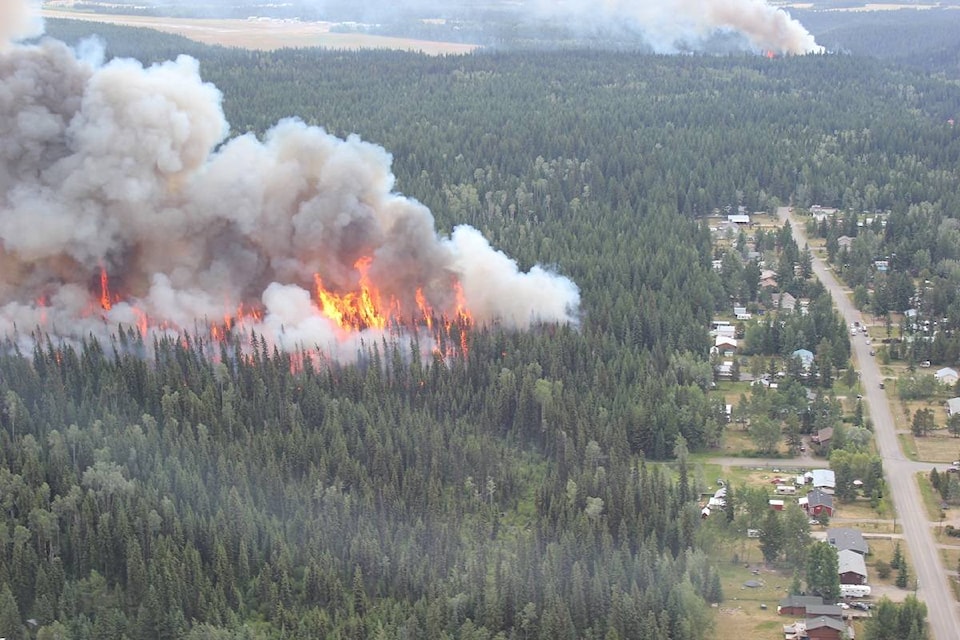During the 2017 B.C. wildfire season, Oceanside Emergency Support Services contributed a total of 91 days of deployment to the province’s Interior, said Rob Daman, the Qualicum Beach emergency preparedness co-ordinator.
Damon gave Qualicum Beach council a presentation Monday, Feb. 19, about Oceanside Emergency Support Services’ (ESS) role in the “record-setting events” of last year’s wildfire season.
The first of the major fires, Daman said, was the Gustafsen Lake fire, which started out as a two-hectare fire just west of 100 Mile House.
“Within 24 hours it had grown to the need to evacuate 10,000 residents from 100 Mile House and the surrounding areas,” Daman said.
Daman said a few days later, the B.C. government had declared a provincial state of emergency and began reaching out across the province for support.
Last year, Daman said, close to 1.3 million hectares burned.
“Just to give a little bit of an idea how large that is, the Town of Qualicum Beach is a little under 2,000 hectares.”
Locally, he said, Oceanside ESS assisted 43 evacuees over the course of the wildfire season. Daman said altogether the Oceanside ESS members contributed to 95 hours of volunteer time locally.
Local volunteers were also sent up to assist, and Daman said he was was sent up to the Cariboo Regional District of 17 days.
He said his time in the Cariboo Regional District was spent working on evacuation planning and loss assessment for re-entry into the community.
“We had to get in there and figure out what had to be done, track the losses that had happened in those areas,” he said. “It was much more than opening up the gates, and saying, ‘OK, everybody come home.’ We had to give a lot of consideration and working with the folks that had suffered a lot of loss.”
At the end of the presentation, Coun. Neil Horner asked Daman about the impact of fear.
“When you train for these things, it’s all very nice,” Horner said. “You go after work and you can have some coffee afterward and it’s all very pleasant. Everybody is cool, calm and collected. When an actual event, for instance this one, where you can look around you 360-degrees and there’s fire everywhere you look, (it’s) a very different matter.”
Daman said you can’t train for the real event when it happens.
“Going out and working with the folks in the community and watching ranchers that have ranched their whole lives and felt they had control of everything; they had no control over these fires that were coming in and taking away their livelihood, that were taking away something they had worked years to build.
“You saw that fear in their eyes, and it was very, very difficult to watch.”
Send story tips to: lauren.collins@pqbnews.com
